Cortina 2021 FIS Alpine World Ski Championships to go ahead.

The Infrastructure for Cortina 2021 FIS Alpine World Ski Championships.
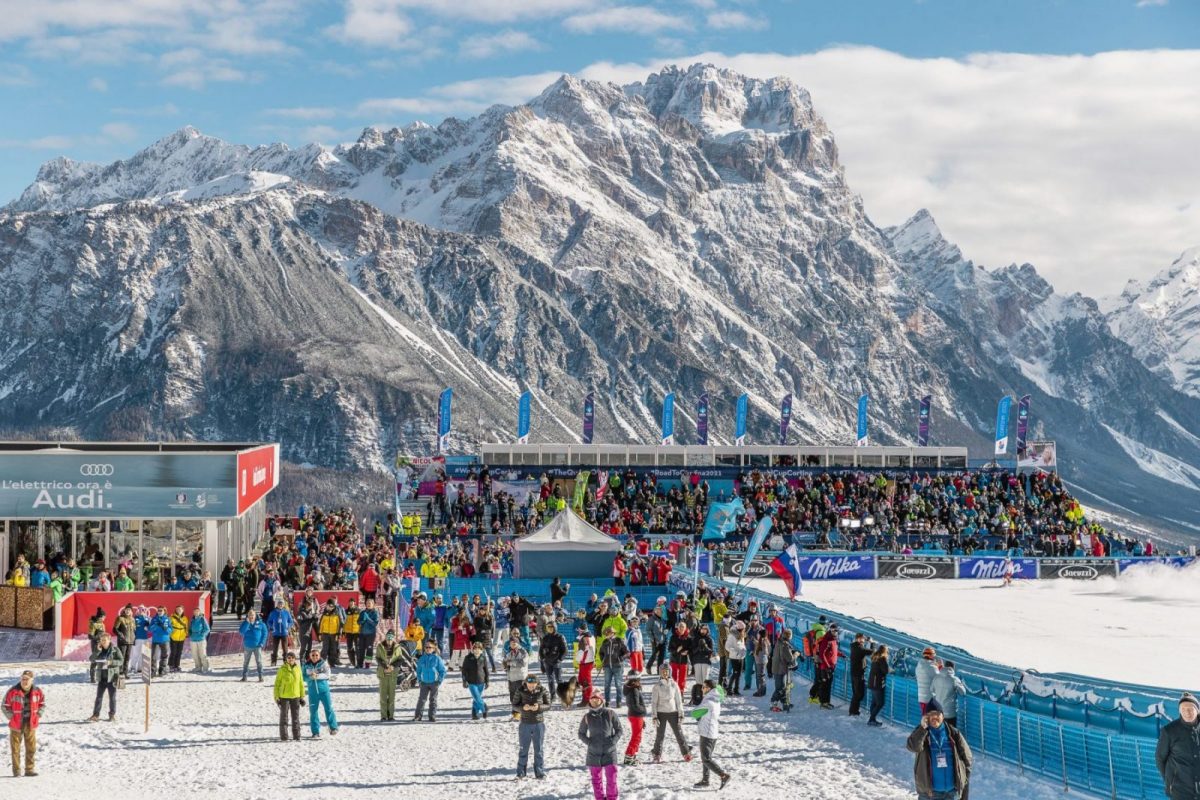


This article may contain affiliate/compensated links. For full information, please see our disclaimer here.

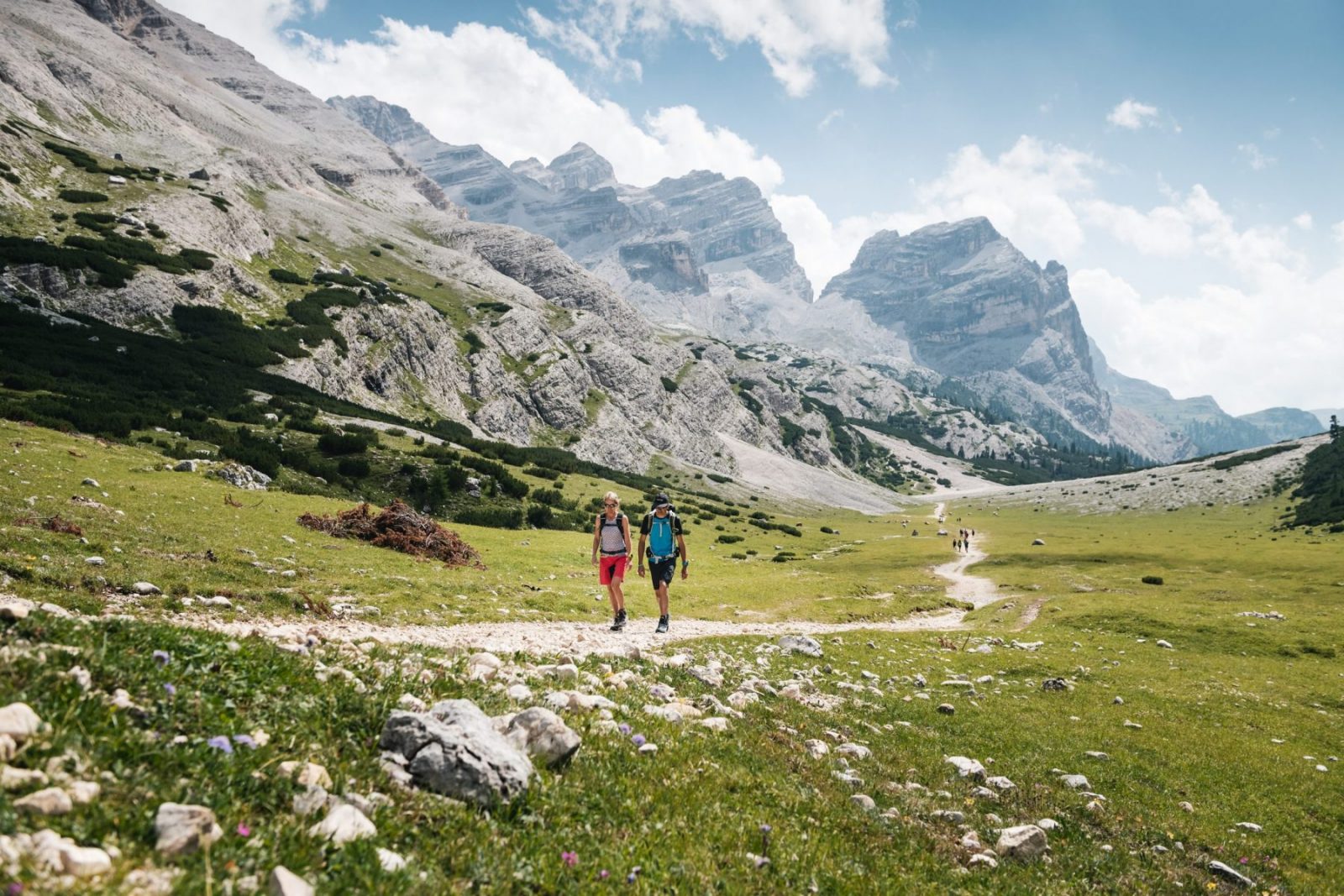


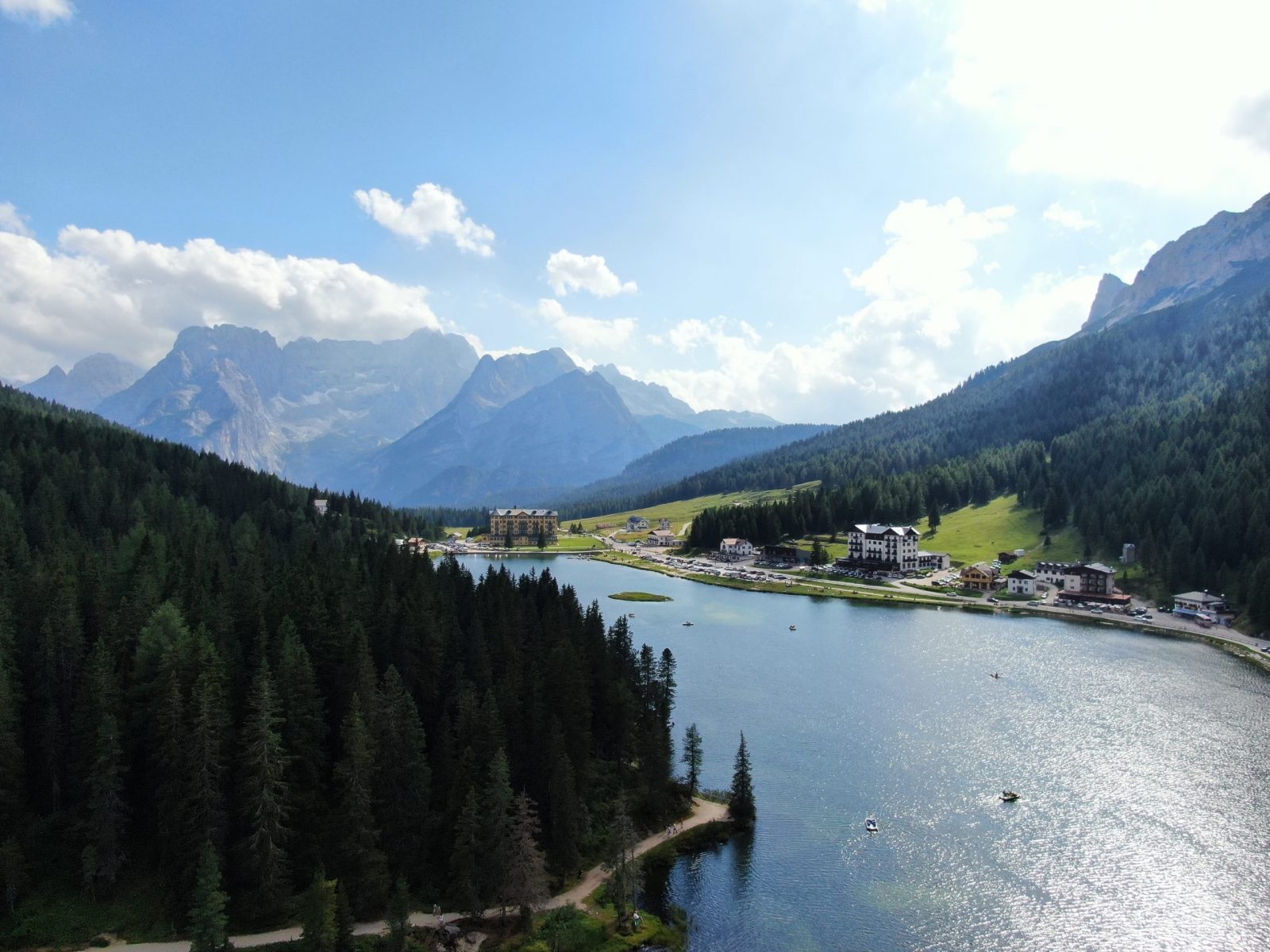
This article may contain affiliate/compensated links. For full information, please see our disclaimer here.

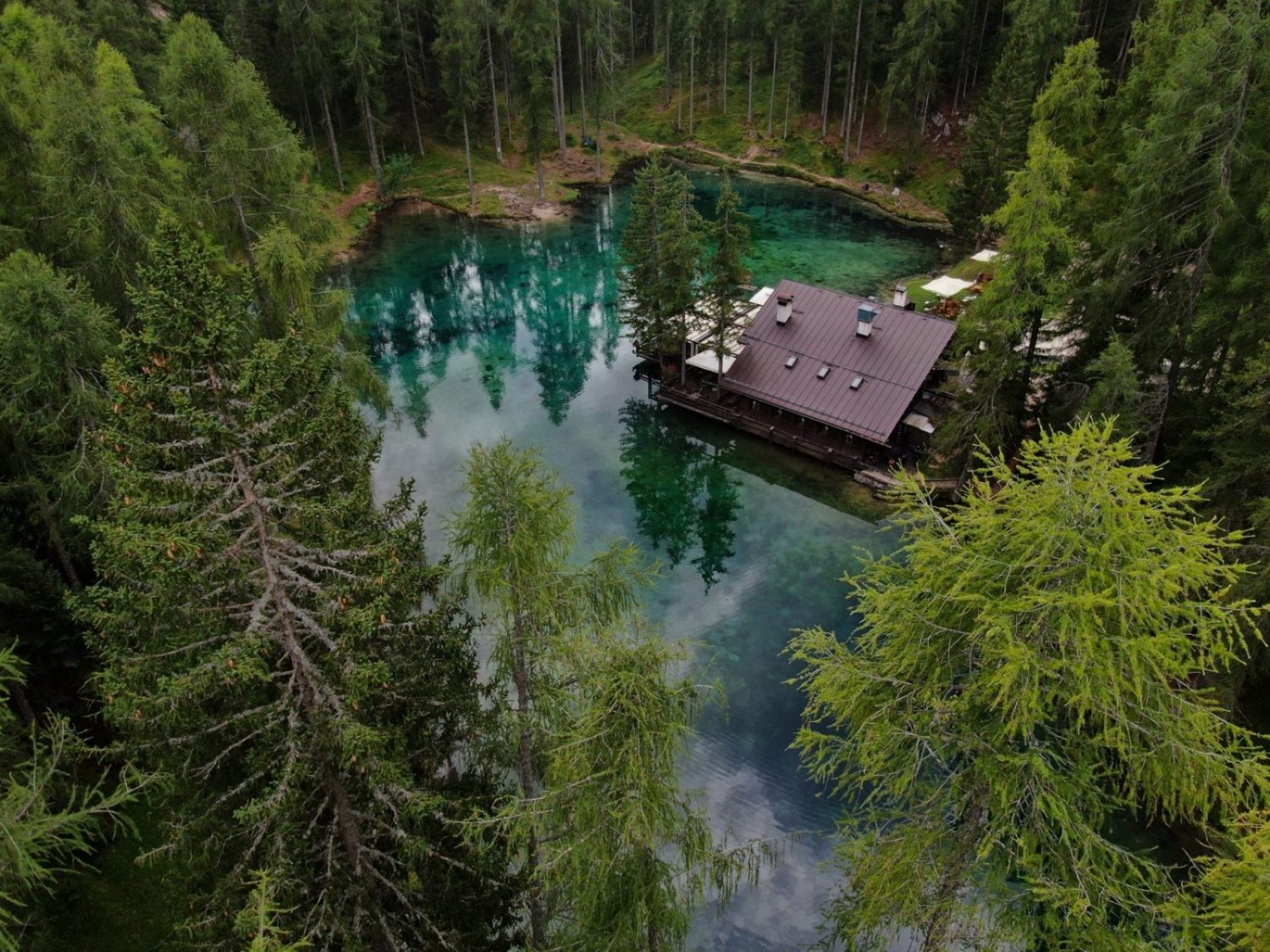
This article may contain affiliate/compensated links. For full information, please see our disclaimer here.


Continue reading “Cortina d’Ampezzo is ready for a new summer season”
South Tyrol (or Sudtirol) is open for visitors this summer. On June 3rd, borders will start opening for regional tourism within the EU and Schengen countries (all depending on Covid-19 cases keep on being down), so, I’ve thought I could put together a Must-Read Guide to Summer in South Tyrol.

This article may contain affiliate/compensated links. For full information, please see our disclaimer here.
South Tyrol is the northernmost province in Italy, bordering the Tirol and Östirol regions in Austria. Actually, it used to be part of the Austrian-Hungarian empire as part of the Tirol region (it was actually called Mittletirol). It changed hands to Italy after the defeat of the central powers on WWI in 1918.
Fly to Innsbruck in Austria or Verona in Italy. If not, you have the options of Bozen/Bolzano airport, that is a smaller regional airport, or Bergamo, Venezia, Milano Linate, Milano Malpensa or Munich.
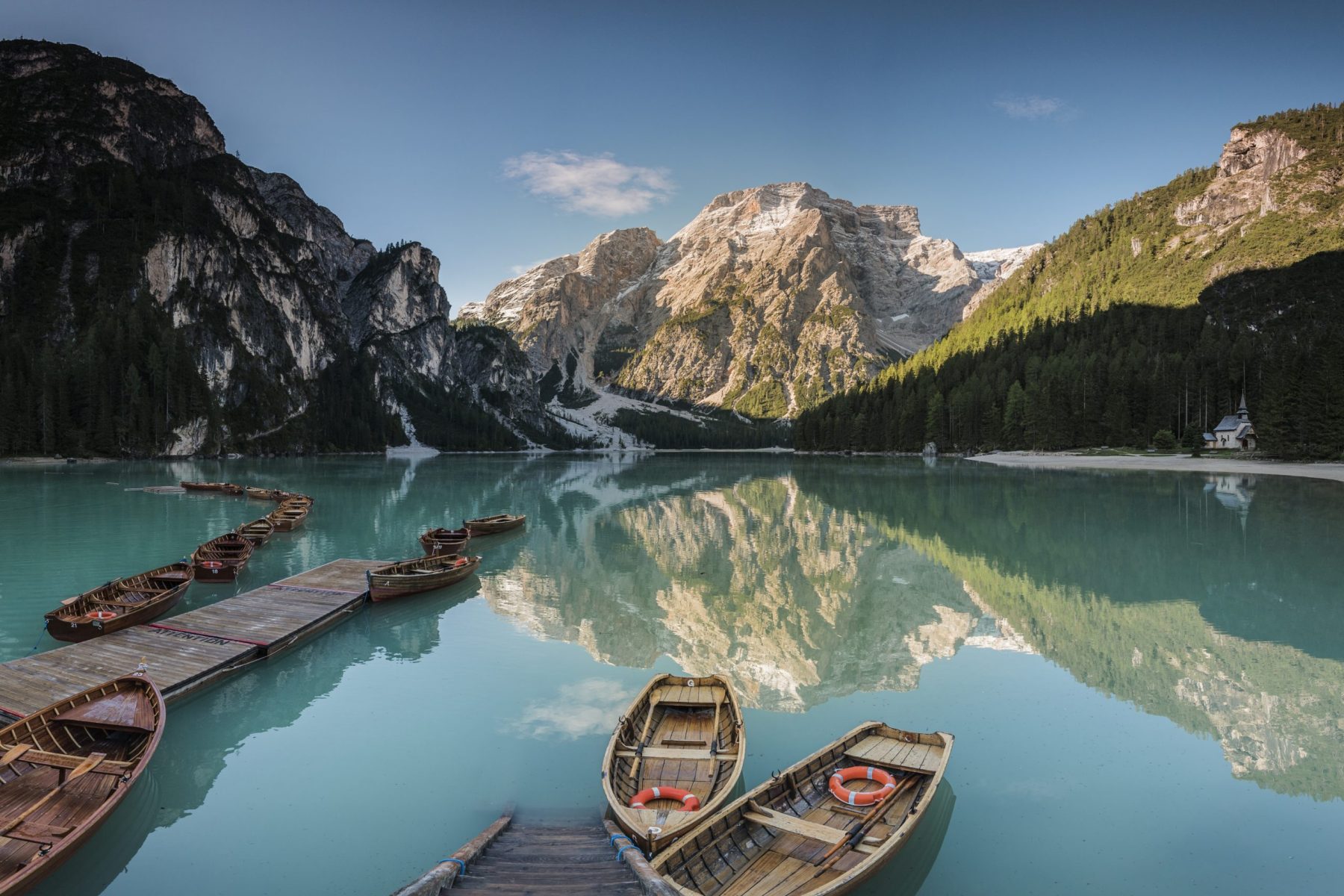
Coming from Austria, just pass Innsbruck and take the Brenner Pass, and you’ll be there. From Verona, go up the Brenner Motorway (A22 Autostrada del Brennero) and drive north. South Tyrol is part of the Trentino Alto Adige province, located in the northern side (the Alto Adige side).
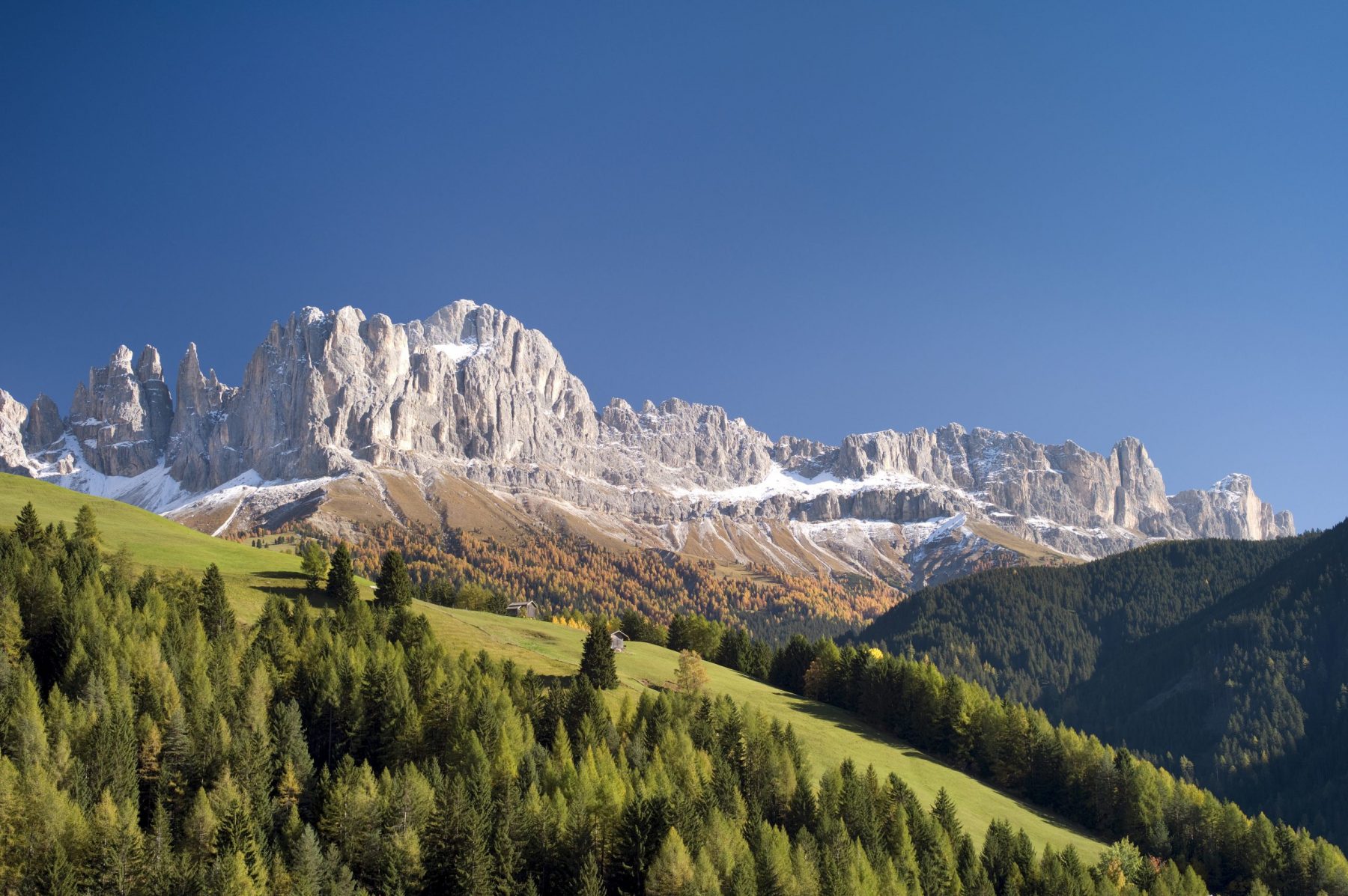
70% German, 25% Italian and 5% Ladin. The Ladin is a mountain language, what is considered a Romansh language spoken in the Dolomite valleys of Val Gardena and Alta Badia.

Kronplatz is a mountain in the border of what is Dolomites and Alps. The mountain itself has a shape of a Panettone with a punch in the middle. It is a very interesting mountain, which is connected with four villages around and lifts to each one on each sides.

Kronplatz is not only interesting for skiing in winter or hiking and mountain biking in the summerr. There is a good reason to go to the top of the mountain all year round, even if you don’t ski, ride, hike or bike! It is the only mountain, that I know of, with two really grand museums on its peak! These museums are Lumen Museum and MMM Corones.
Continue reading “A Must-Read Guide to Summer in South Tyrol”
Aiguille du Midi or Punta Helbronner- which one you should go to visit? Honestly, I would visit both and connect from one another through the Panoramic Mont Blanc Tunnel gondola.
This article may contain affiliate/compensated links. For full information, please see our disclaimer here.
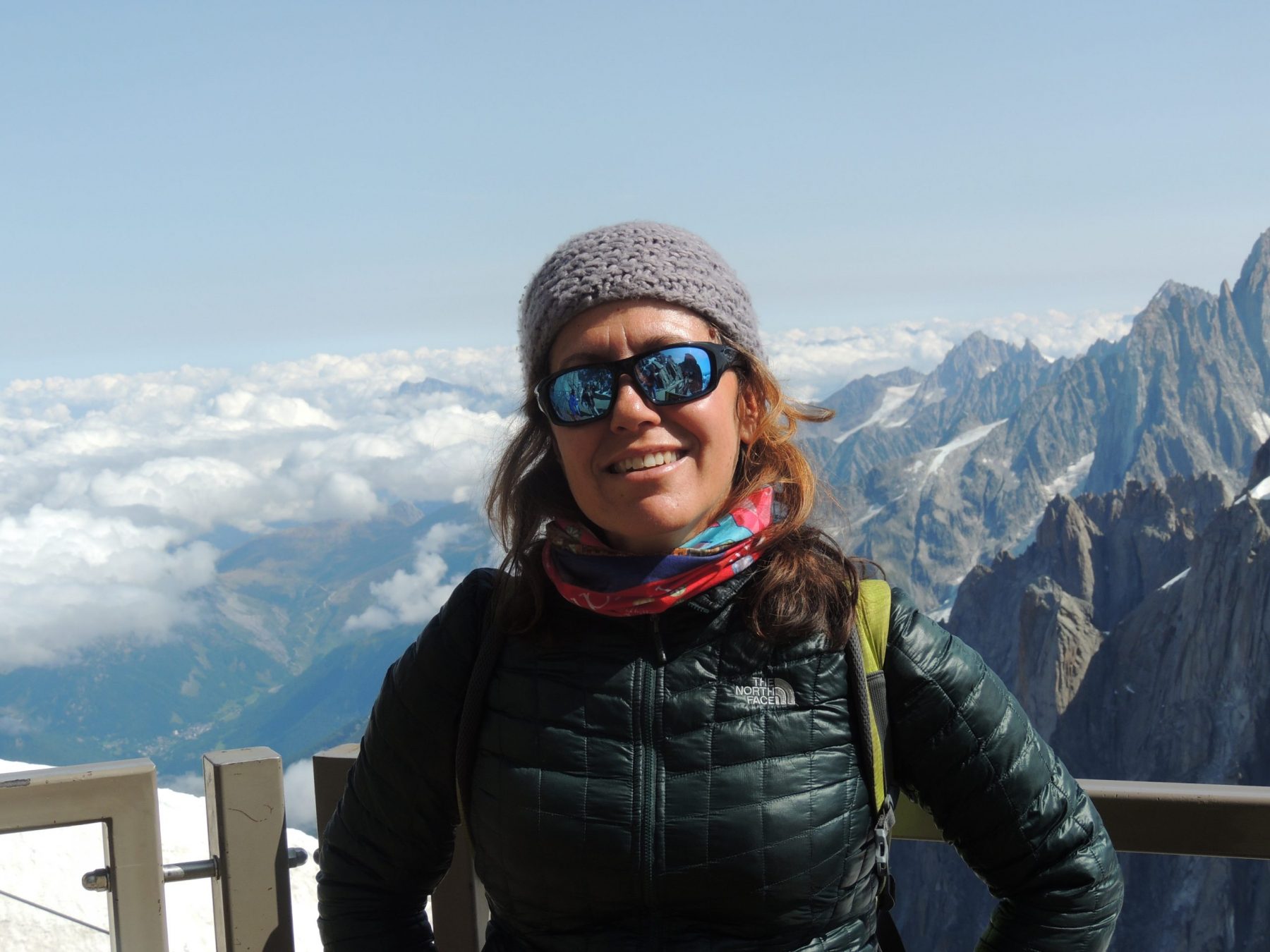
Aiguille du Midi (3842m) is located in Chamonix, in the border with Italy, and is one of the biggest attractions to go year-round, and lots in the summer to go and see the Mont Blanc (4810 m).
The funicular departs from a very modern lift base that has a shop, a food outlet and the big funicular that takes you to the middle station, from where you take a second funicular to the top. The top has a series of different terraces at different heights, to see 360-degree views of the French, Swiss and Italian Alps in all their splendour plus the magnificent Mont Blanc. Inside the structure is a bit old and you go within a cave, taking an elevator to go up the rock. This does not take the awesomeness of the landscape… It is really worth to go up there, you do feel you are on the top of the world, even though is really the top of Europe!

You can connect to go to Italy via the Panoramic Mont Blanc lift, which is a series of three gondolas (cable cars) going together on top of the Mer de Glace (the glacier sea) that zips you to Italy to Punta Helbronner (3466 m). This gondola has reopened last year after being closed for a bit due to one of the cabins falling on the glacier. I’ve written about it in this post some time ago. Still, this happened in winter, when this lift was closed, and it was due to a massive snow storm combined with really cold temperatures which froze the snow on top of the cable and its weight made it snap.
Continue reading “Aiguille du Midi vs Punta Helbronner – which one you should do?”
3 Zinnen (Tre Cime) ski resort is going ahead with the plan of replacing its old 40-year-old gondola which connected the village of Sesto/Sexten with the ski mountain of Monte Elmo/Helm, with the new premium 10-seater gondola called Helmjet Sexten.
The new gondola will be a premium upgrade for the 3 Zinnen ski resort in the Dolomites, especially because longer waiting lines in the peak season can now be avoided, due to its capacity to bring around 3.000 people at the top per hour.

Mark Winkler, CEO of 3 Zinnen Ski Resort Dolomites said:
“Every new lift we build is special to me. But the “HELMJET SEXTEN” is a passion project: we have all been waiting for it for many years. In a way, it is the jewel in the crown of the 3 Zinnen Dolomites sports and mountain destination—the last piece in the jigsaw puzzle of investments we made over the course of the past years. We are giving our main entrance in Sesto a massive upgrade: the state-of-the-art facilities will offer our guests much greater comfort while reducing the rush and waiting times of the old system. Personally, I cannot wait to sit in the new ‘Symphony’ premium gondola for the first time and take in the views of the Sesto Sundial.”
The Monte Elmo Sesto cable car was first built in February 1981. At the time, it was extremely modern. For nearly forty years, it carried skiers, hikers and families to the top of Monte Elmo daily, until this changed in 2020. This year the dated cable car is replaced by the new detachable premium 10-seater Helmjet Sexten cablecar lift.
Six years ago, the 3 Zinnen Dolomites ski resort (called at the time “Sesto Dolomites”) – consisted only of only 50 km of slopes on two mountains. Today, just over half a decade, the 3 Zinnen AG has turned the area into a little gem of five interconnected mountains and 115 km of slopes, with 31 modern cable cars and chairlifts serving them. On the mountain you find family-run restaurants, ski and bike rental services and the Punka Service Centre, the most advance service facilities in the Alps.
The plans for reopening the mountain huts (rifugios) during summer in the Italian Alps in times of COVID19.
This article may contain affiliate/compensated links. For full information, please see our disclaimer here.
There are plans to start relaxing the lockdown in Italy, starting gradually on different weeks starting on May 4th. Some people are starting to think on how they will vacation on the mountains and the beach. Beach private clubs are thinking on how installing the different tents with social distancing.

In the mountains, I’ve read that at first, they were thinking on not opening the rifugios, but today I’ve read on the Corriere della Sera that the Club Alpino Italiano is planning on how to open during COVID19 times.
The Club Alpino Italiano has 326 facilities in all the country. They are planning in putting Covid kits with oximeters and ozonators to purify the air.
The ozonators are very quick and easy to use and is a product that does not leave odours such as chlorine or alcohol. These are now in phase of production now.
The CAI is thinking of getting everyone to bring their own sleeping bags and light tents, and for big rifugios to allow people to eat in different times, and clean thoroughly between seatings, and clean sanitaries often. They are talking also of providing baskets with dinners to the different tents, so as to avoid people being in cramming conditions indoors. Shelters with two or four rooms for families could be used for a family group.
Cortina, an example of resilience in the tourism sector
This article may contain affiliate/compensated links. For full information, please see our disclaimer here.
Cortina’s history as a tourism destination is at least 160 years long. In the 1860s, climbers and explorers like Viennese Paul Grohmann started making the Dolomites, and in particular Cortina d’Ampezzo, famous throughout Europe. The British, Austrian and German nobility and high bourgeoisie began flocking to Cortina for their summer holidays, attracted by the beauty of the landscape, the numerous adventure options and the positive effects of fresh air and a pristine environment on their health.
This first golden age of tourism was not to last forever: when the First World War broke out, Cortina d’Ampezzo found itself on the frontline, and when the peace was signed it was passed from Austria to Italy. Europe was not the same as before, the Belle Époque had gone for good and the tough war years had reshaped the interests and values of a poorer population. Nevertheless, the taste for beauty and adventure did not fade. Tourists gradually returned to Cortina, the Italian high society replacing fallen royal families. The 1930s saw the boom of winter tourism, Cortina’s success was unrivalled, with 52 hotels hosting over 600,000 overnight stays in 1937, and the town was appointed to host the Winter Olympic Games in 1944.

A few years later, the flourishing tourism economy of Cortina was once again disrupted by war. The town was still able to host the World Ski Championships in 1941, but the 1944 Olympics were cancelled. When the war stopped, the social and economic situation in Europe was catastrophic, and yet tourism in Cortina slowly recovered. In the 1950s, the Italian economic miracle marked the growth of a wealthy middle class, and tourism stopped being an activity only for the ultra-rich. Cortina was fast in reacting, as only two years after the war the destination bid for the 1956 Winter Olympic. This enhanced the phase of renaissance already taking place and gave residents the necessary motivation to keep working and renovating the town. The Games marked Cortina’s definite comeback on the international scene and gave it a special place in the hearts and minds of Italians as a dream mountain destination.
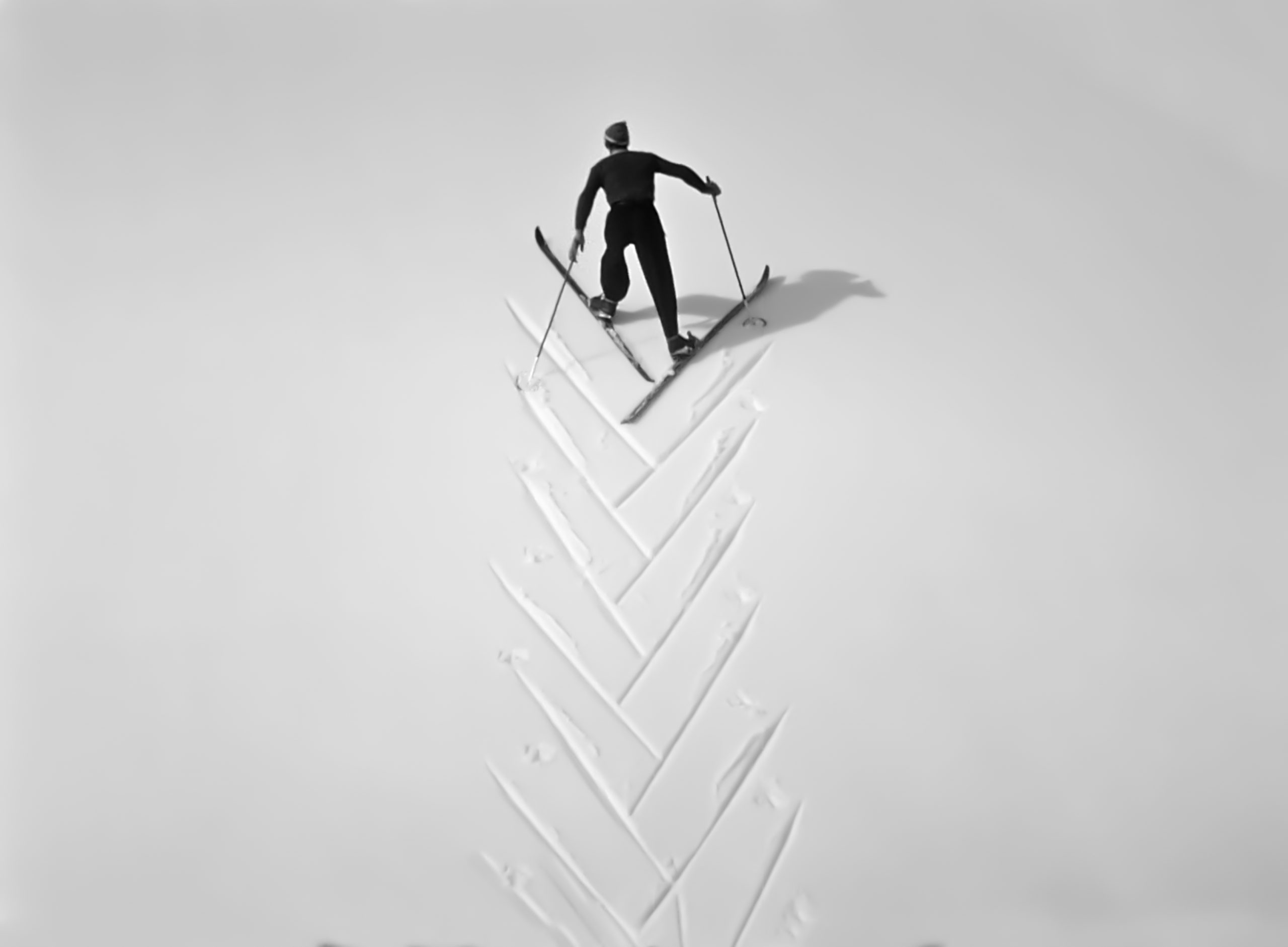
Ever since, Cortina’s image and tourism sector have reshaped a number of times: from the party town of the 1980s to the place of Italy’s jet-set in the early 2000, to a shift back to sports, nature and wellbeing after the crisis of 2009.
Continue reading “Cortina, an example of resilience in the tourism sector”
Our half term ski-safari holiday based in the Valdigne of Aosta Valley- Courmayeur, Pila and La Thuile.
This article may contain affiliate/compensated links. For full information, please see our disclaimer here.
This past February, as it is usual now, for our eight year in the row, we left home very early, this time with our pooch, and drove to the Eurotunnel, one hour- and a bit now due to the diversion in the M2/M20, and us trying to find an open petrol station to fill up our car.

We arrived with time to only go to the toilet and we boarded on our way to France. Thirty-five minutes later, we were rolling down the A16 and then A 26, all the way to Reims, and then around Reims and down to Troyes, and changed to A5 towards Chaumont. Just on exit 24 you get off the motorway and, after paying the hefty toll fee, and get into the route nationale 10 to get through a lovely wooded and windy road to Chaumont.
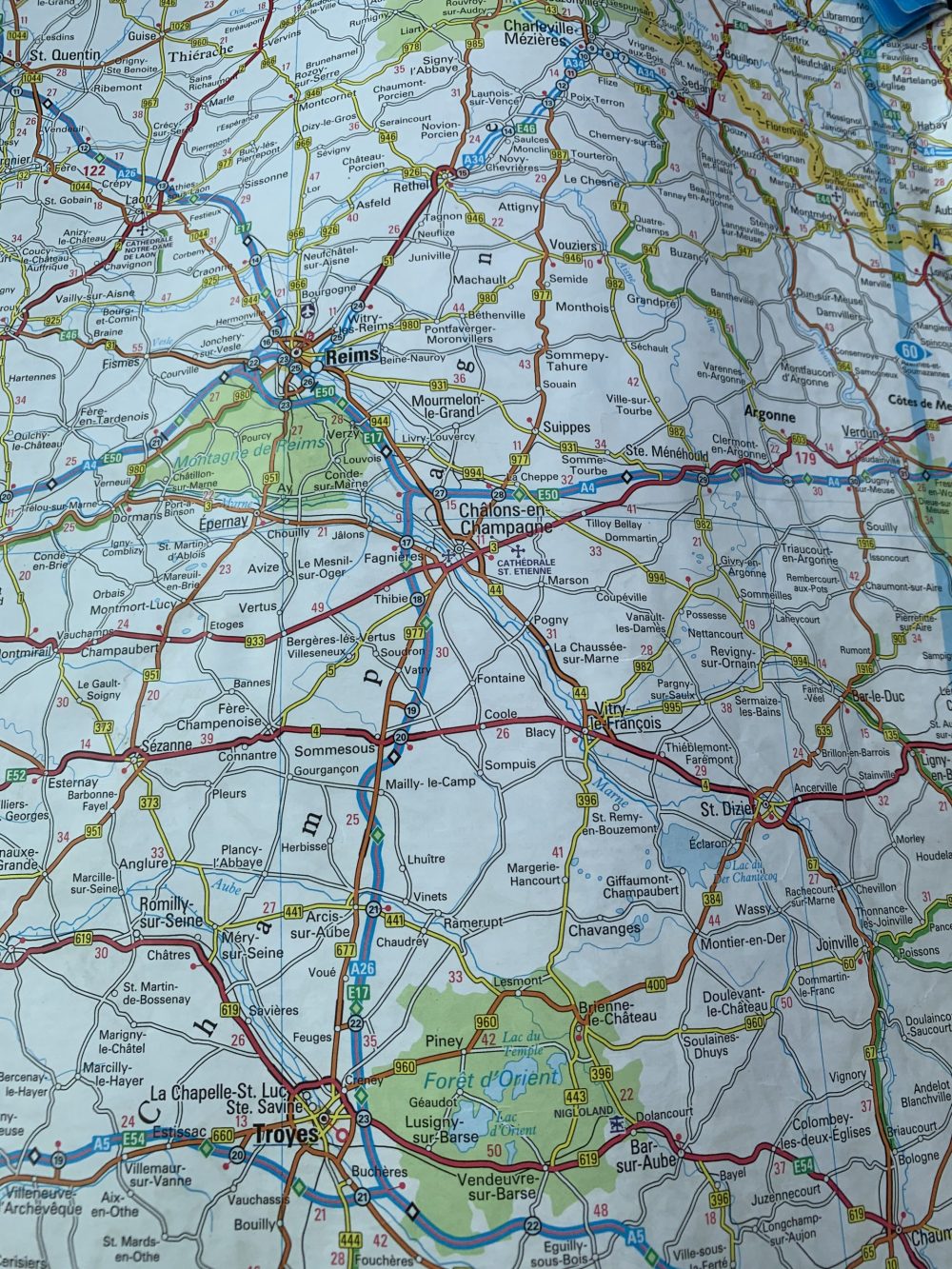
We made it in fantastic time to Chaumont, we got in our room at the Ibis Styles Chaumont Centre Gare and after trying to have a nap – an impossible task with the boys wired and running in the room, I went out with my eldest into town…

Just a nice walk around town, we’ve visited an old chocolate store with long showcase cabinets, which is a pleasure in itself. We got some chocolates, then we went to a fashion shop. My eldest is into fashion now…. getting to be a tweeny! He wanted a brand t-shirt. I don’t know why kids are so much into brands now. I negotiated with him that I was giving the money in exchange of one Amazon voucher he was given as a gift in Christmas and he could buy it.

After going to the local supermarket to have some little something in the room as it was still early, we came back to the hotel room.
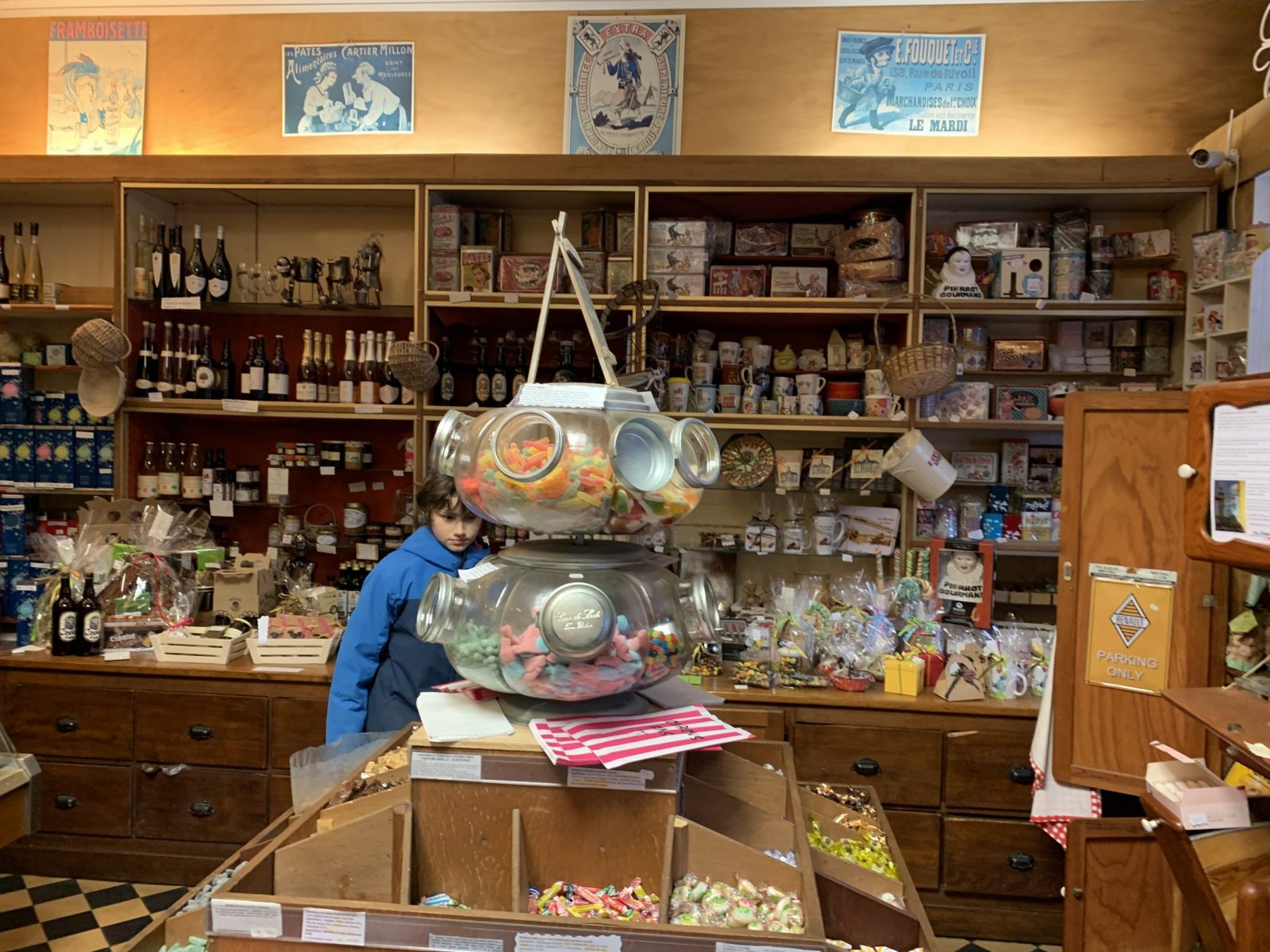
You must be logged in to post a comment.